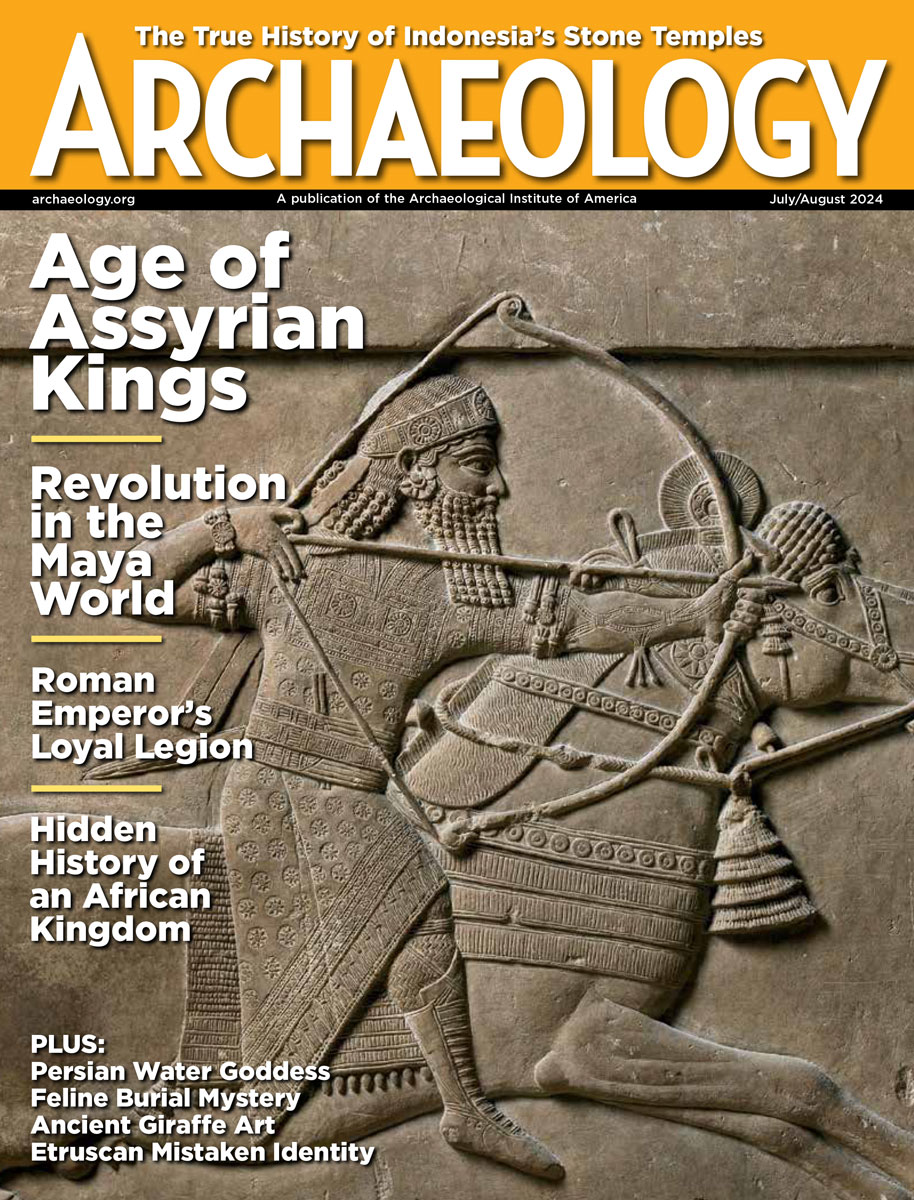Friday, November 14
November 14, 2008
A cache of ancient Celtic coins was discovered in the Netherlands by a metal detector hobbyist. Archaeologists say the gold coins were minted in the mid first century B.C. by the Eburones, who killed 6,000 Roman soldiers during Julius Caesar’s campaign against them. The silver coins were made by tribes further to the north, perhaps indicating that they cooperated in the fight against the Romans.
Pipeline construction in Cumbria, England, revealed a first-century A.D. Roman settlement used by the traders, artisans, and women and children attached to the soldiers living in the nearby fort. “The ancient Romans were pioneers in sanitation, so it’s perhaps fitting that this discovery was made during a sewage pipeline project. The find has caused a lot of excitement among the engineering team,” said Melvin Dawson, who works for the local utilities company. Â
The wide, fossilized hips of a female Homo erectus suggest that these human ancestors may have given birth to babies with huge heads. “This H. erectus would have even wider hips [than modern women]. … What this means is the offspring were not as helpless as a modern human,” said paleontologist Scott Simpson of Case Western Reserve University. Â
A hospital in Berlin will return 18 Aborigine skulls that had been part of a museum collection to Australia. The skulls have been in Germany for more than 100 years, but it is unclear how they arrived at the hospital. Â
A father and son pleaded not guilty to allegedly unlawfully collecting artifacts in Nevada and taking them home to Folsom, California. The two men face a ten-year prison sentence and a fine of up to $850,000. Â
Five more graves were discovered when work began at the future site of the African burial ground memorial park in Portsmouth, New Hampshire. “The balancing act we face is we want to create a memorial there that honors the burial ground, but at the same time, we don’t want to further disturb those buried there,” said Deputy City Manager Cindy Hayden. Â
Depression-era Camp Patterson, in Havelock, North Carolina, was operated by the Civilian Conservation Corps to employ African-American men between 1935 and 1941. “This is one of the best preserved African-American CCC camps that we have, and ultimately this will lead to the National Register of Historic Places,” said U.S. Forest Service archaeologist Joél Hardison. Â
Chris Mills was struck in the leg by part of the keel of a nineteenth-century merchant ship while he was walking near the water in Ocean City, Maryland. No one else wants the 4,000-pound, L-shaped piece, so the city has given in to Mills. “This is a great day for me,” he said.
- Comments Off on Friday, November 14









